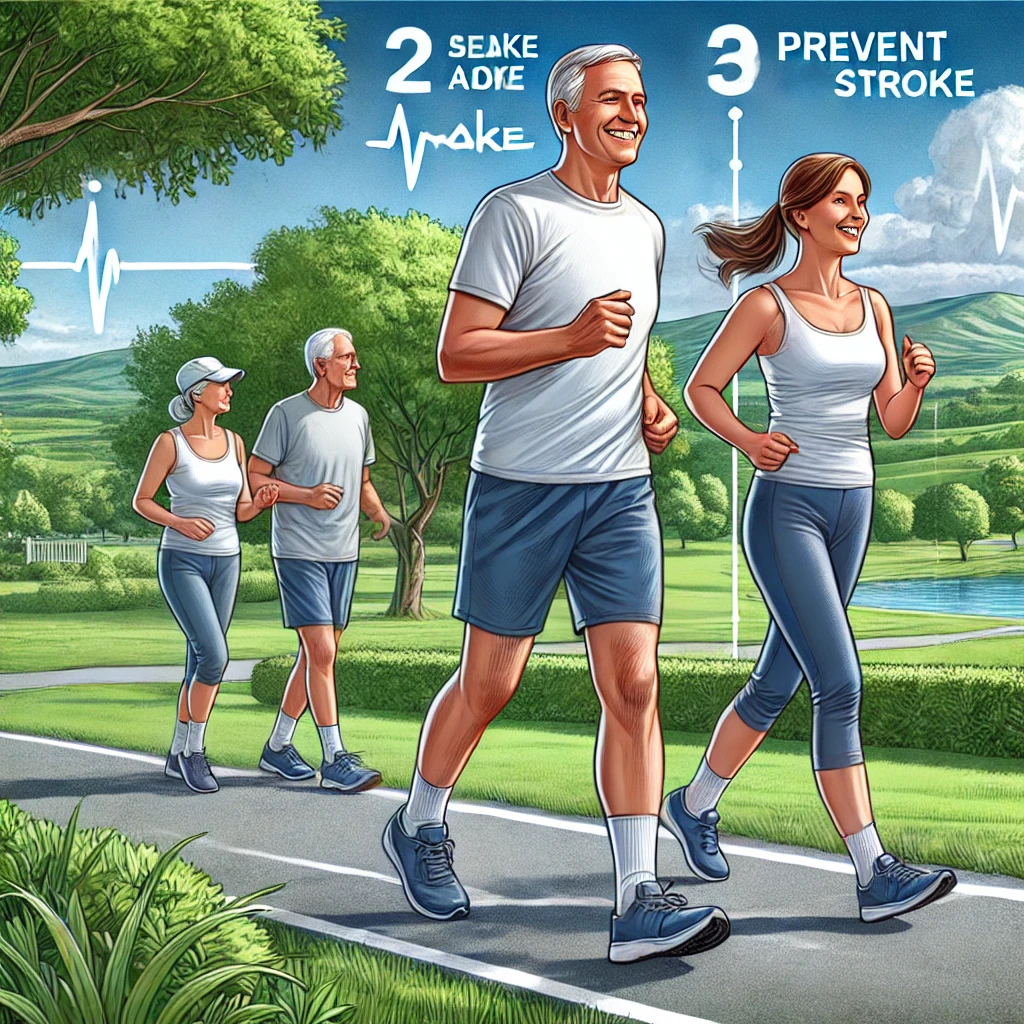Middle-aged stroke prevention : A Growing Concern
Increasing Stroke Incidence, Middle-aged stroke prevention Middle-aged stroke prevention, Stroke, often considered a condition that primarily affects older adults, is becoming increasingly prevalent in the middle-aged population, particularly those in their 40s and 50s. Recent… Middle-aged stroke prevention : A Growing Concern
